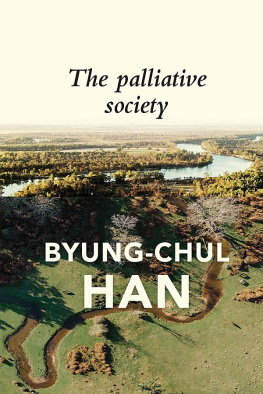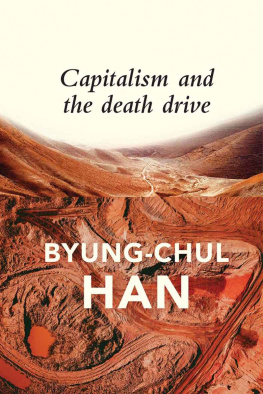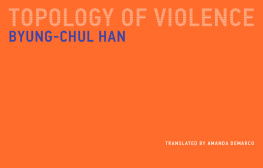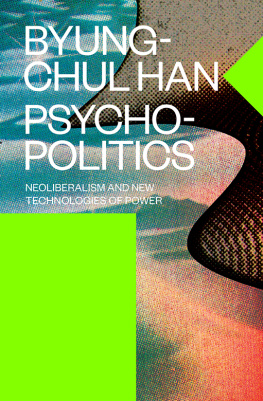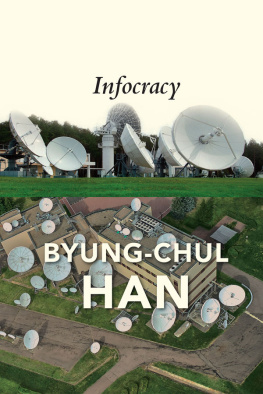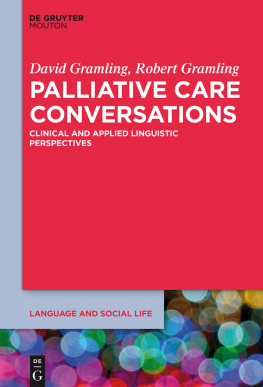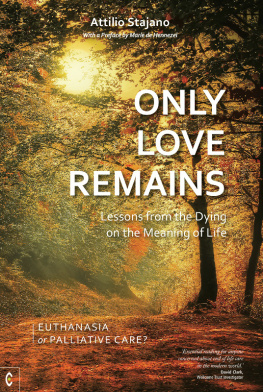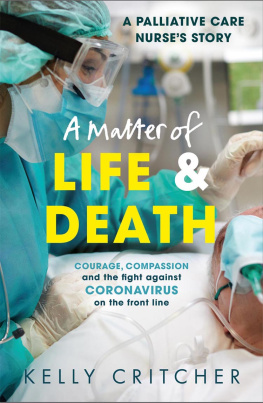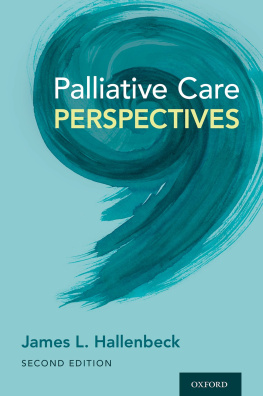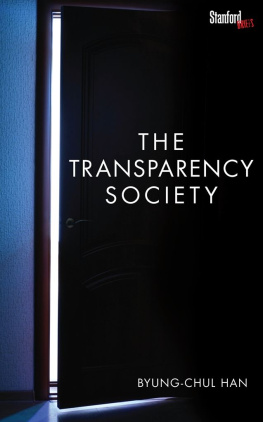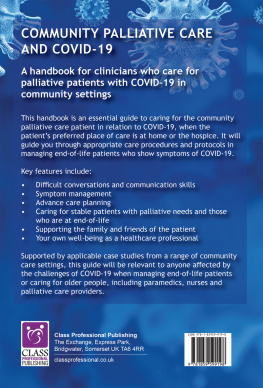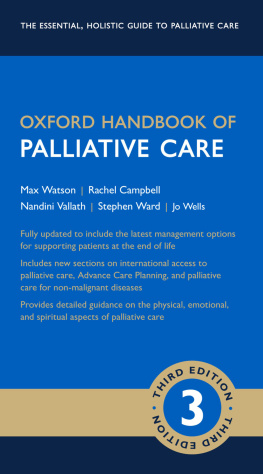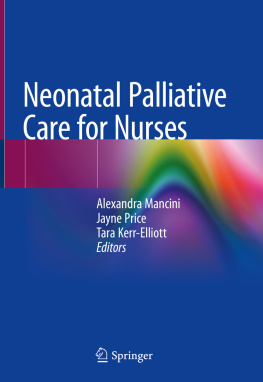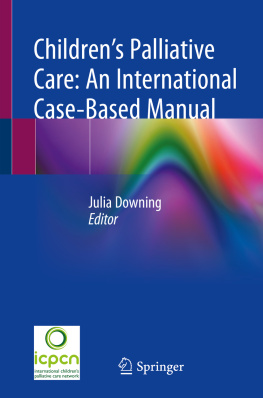The Palliative Society
Pain Today
Byung-Chul Han
Translated by Daniel Steuer
polity
Originally published in German as Palliativgesellschaft. Schmerz heute MSB Matthes & Seitz Berlin Verlagsgesellschaft mbH, Berlin 2020. All rights reserved.
This English edition 2021 by Polity Press
Polity Press
65 Bridge Street
Cambridge CB2 1UR, UK
Polity Press
101 Station Landing
Suite 300
Medford, MA 02155, USA
All rights reserved. Except for the quotation of short passages for the purpose of criticism and review, no part of this publication may be reproduced, stored in a retrieval system or transmitted, in any form or by any means, electronic, mechanical, photocopying, recording or otherwise, without the prior permission of the publisher.
ISBN-13 978-1-5095-4725-8
A catalogue record for this book is available from the British Library.
The publisher has used its best endeavours to ensure that the URLs for external websites referred to in this book are correct and active at the time of going to press. However, the publisher has no responsibility for the websites and can make no guarantee that a site will remain live or that the content is or will remain appropriate.
Every effort has been made to trace all copyright holders, but if any have been overlooked the publisher will be pleased to include any necessary credits in any subsequent reprint or edition.
For further information on Polity, visit our website: politybooks.com
Dedication
Of all the corporeal feelings, pain alone is like a navigable river which never dries up and which leads man down to the sea. Pleasure, in contrast, turns out to be a dead end, wherever man tries to follow its lead.
Walter Benjamin*
Algophobia
Tell me your relation to pain, and I will tell you who you are! as a sign.
Today, a universal algophobia rules: a generalized fear of pain. The ability to tolerate pain is rapidly diminishing. The consequence of this algophobia is a permanent anaesthesia. All painful conditions are avoided. Even the pain of love is treated as suspect. This algophobia extends into society. Less and less space is given to conflicts and controversies that might prompt painful pain. So all we get is more of the same.
Todays algophobia is based on a paradigm shift. We live in a society of positivity that tries to extinguish any form of negativity. Pain is negativity par excellence. This paradigm shift is also present in psychology, where there has been a movement away from a negative psychology of suffering and towards a positive psychology concerned with well-being, in order to increase our psychological strength has turned the human being into a permanently happy subject of performance, a subject as insensitive to pain as it is possible to be.
There is a relationship between the Mission Happiness of positive psychology and the promise that one can live a life of permanent drug-induced well-being. The US opioid crisis is emblematic in this context. This
The palliative society and the performance society coincide. Pain is interpreted as a sign of weakness. It is something to be hidden or removed through self-optimization. It is not compatible with performance. The passivity of suffering has no place in an active society dominated by ability. Today, pain cannot be expressed. It is condemned to be mute. The palliative society does not permit pain to be enlivened into a passion, to be given a language.
The palliative society is also the society of the like [Gefllt-mir], increasingly a society characterized by a mania for liking. Everything is smoothed out until it becomes agreeable and well-liked. The like is the signature, even the analgesia, of the present. It dominates not only social media but all areas of culture. Nothing is meant to cause pain. Not just art but life itself should be instagrammable, that is, free of rough edges, of conflicts or contradictions that could cause pain. What has been forgotten is that pain purifies. It has a cathartic effect. The culture of the likeable and the agreeable lacks any opportunities for catharsis. We are thus suffocated by the residues of positivity which accumulate beneath the surface of the culture of likes.
A report on an auction of modern and contemporary art reads: Whether Monet or Koons, whether Modiglianis popular reclining nudes, Picassos female figures, or Rothkos sublime
Art today is vehemently forced into the straitjacket of the like. The old masters are not spared by this anaesthetization of art either. They are even linked up with fashion design: The exhibition of selected portraits was accompanied by a video demonstrating how well historical paintings by, for instance, Lucas Cranach the Elder or Peter Paul
The culture of likeability has manifold causes. First of all it follows from the economization and commodification of culture. Cultural products have increasingly become subject to the compulsion of consumption. They have to assume a form that makes them consumable, that is, likeable. This economization of culture runs in parallel with the culturalization of the economy. Consumer goods come to bear a cultural surplus value. They promise cultural and aesthetic experiences. Design therefore becomes more important than use value. The sphere of consumption enters into the artistic sphere. Consumer goods are presented as works of art, and this leads to a mingling of the artistic and consumer spheres which, in turn, means that the arts come to draw upon the aesthetics of consumption. Art becomes likeable. The economization of culture and the culturalization of the economy are mutually reinforcing. The walls between culture and commerce, between art and consumption, between art and advertisement, break down. Artists are forced to become brands. They begin to conform to the market, to be likeable. The culturalization of the economy also affects production. Post-industrial, immaterial production incorporates artistic forms of production. It has to be creative. But creativity as an economic strategy only permits variations of the same. It does not have access to what is wholly other. It lacks the negativity of a break which hurts. Pain and commerce are mutually exclusive.
When the cultural sphere was sharply delineated from the sphere of consumption, when it followed its own logic, it was not expected to be likeable. Artists steered clear of commerce. Adornos catchphrase about arts [f]oreignness to the world was still valid. the same.
Goosebumps, Adorno says, are the first aesthetic image. Or else it remains a captive in the hell of the same.
NOTES
- Ernst Jnger, On Pain, Candor: Telos Press, 2008, p. 32.
- See Chantal Mouffe, Agonistics: Thinking the World Politically, London: Verso, 2013.
- See Barbara Ehrenreich, Smile or Die: How Positive Thinking Fooled America and the World, London: Granta, 2010.
- Edgar Cabanas and Eva Illouz, Manufacturing Happy Citizens: How the Science and Industry of Happiness Control our Lives, Cambridge: Polity, 2019.*
- David B. Morris, The Culture of Pain, Berkeley: University of California Press, 1991, p. 71.
- Marcus Woeller, Geflligkeiten machen sich bezahlt, Die Welt, 18 May 2019.
- See Byung-Chul Han, Saving Beauty, Cambridge: Polity, 2017, p. 2.
- Mania, Alles wird Pop, Sddeutsche Zeitung, 8/9 February 2020.
- Theodor W. Adorno, Aesthetic Theory, London: Continuum, 2002, p. 183.
- Ibid., p. 331.
- Martin Heidegger, Parmenides, Bloomington: Indiana University Press, 1992, pp. 166f.

